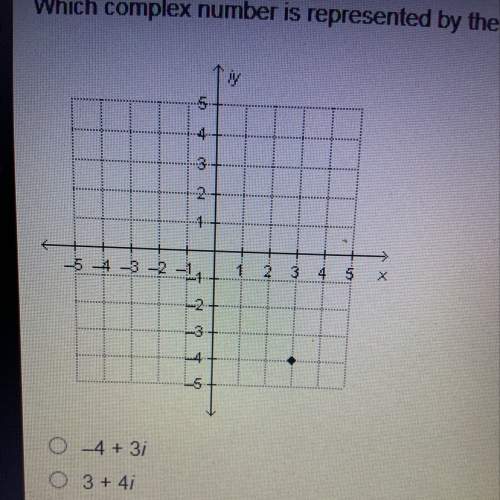
Mathematics, 21.04.2020 17:33 queengenni
Let A and B represent two variants (alleles) of the DNA at a certain locus on the genome. Assume that 40% of all the alleles in a certain population are type A and 30% are type B. The locus is said to be in Hardy-Weinberg equilibrium if the proportion of organisms that are of type AB is (0.40)(0.30) = 0.12. In a sample of 300 organisms, 44 are of type AB. Can you conclude that this locus is not in Hardy-Weinberg equilibrium? Find the P-value and state a conclusion. Round the answer to four decimal places.

Answers: 1


Another question on Mathematics

Mathematics, 21.06.2019 18:30
This is my question~~ ( r ^ 4 - 2r ^ 3 - 23 r ^ 2 - 4r - 32)÷(r+4) ~~ i must use long division to solve it : / i was wondering if anyone world like to solve it. and if so, share step-by-step explanations! you! ❤
Answers: 2

Mathematics, 21.06.2019 18:30
Can someone me out here and the tell me the greatest common factor
Answers: 1

Mathematics, 21.06.2019 19:10
Find the roots of the polynomial function f(x) = x^3 + 2x^2 + x
Answers: 2

Mathematics, 21.06.2019 20:00
Fred has a spinner that is split into four equal sections: red, blue, green, and yellow. fred spun the spinner 688 times. which of the following would be a good estimate of the number of times the spinner lands on the green section? a. 269 b. 603 c. 344 d. 189
Answers: 1
You know the right answer?
Let A and B represent two variants (alleles) of the DNA at a certain locus on the genome. Assume tha...
Questions




English, 02.11.2020 16:30

Social Studies, 02.11.2020 16:30




Mathematics, 02.11.2020 16:30


History, 02.11.2020 16:30







Social Studies, 02.11.2020 16:30










